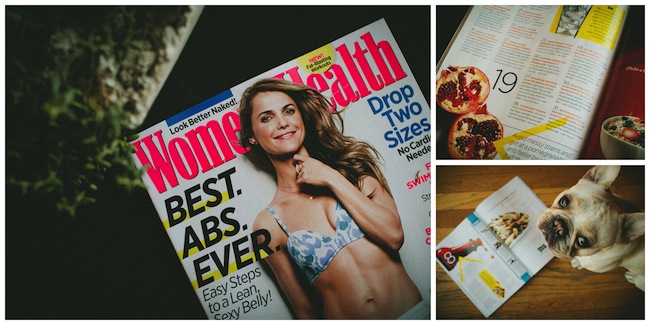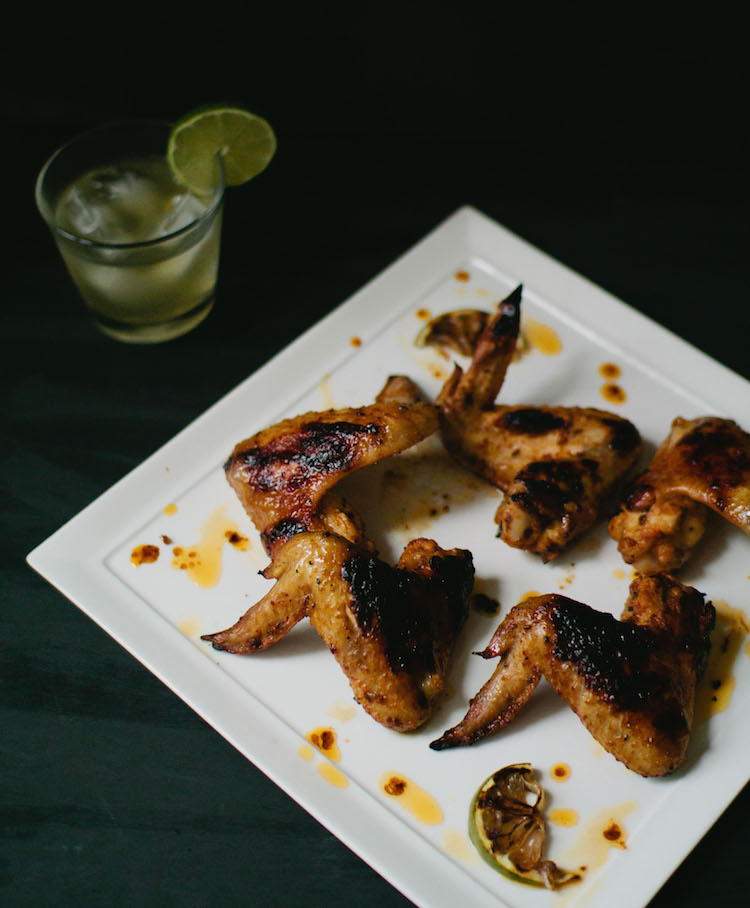It’s been a few days since the end of Bread Week, and I’ve had some time to decompress from my bread-baking frenzy. I’ve also had some time to gather some tips and tricks I picked up along the way that I think any beginning baker could benefit from. So here they are—the things I wish I’d known before I started this crazy endeavor:
- When kneading, use the windowpane or finger poke test to ensure the dough is ready. For the windowpane test, the dough should be able to stretch to the point of being opaque without breaking. For the finger-poke test, poke the dough with your finger. If the indent remains (the dough doesn’t bounce back), it’s ready. Everyone warns about over-kneading, but from my experience, you’re way more likely to under-knead.
- boiling water + a really hot oven + a pizza stone = an awesomely crusty bread with moist, chewy insides. Read this post and this post to see what I mean.
- It’s best to let dough sit overnight in the fridge before baking it—the flavors are better. Just remember that you will have to proof it (let it rise to double it’s original size) once before it goes into the fridge and a second time before it goes into the oven to bake. The second proof will take longer if the bread has been in the fridge.
- You don’t need to knead to get a great bread. Exhibit A.
- You can use a just-barely-warm oven to proof your dough if the room is too cool (below 75 degrees). Turn the oven on, and just when it starts to get slightly warm, turn it off, put your dough in and cover it with a damp warm towel. Don’t let the oven get above 100 degrees, however, or the yeast will die.
- Let your yeast dissolve in warm water (85-110 degrees) before incorporating it into the flour and other ingredients.
- You be the judge when it comes to flour and water. Recipes often aren’t exact in terms of flour and water. Sometimes the dough is too dry, in which case you’ll need to add a smidge of water. If it seems to wet, add a little flour. Usually dough should be slightly tacky, but not overly sticky.
- Bread flour is used in most recipes because it has a higher gluten content. It also needs to be kneaded longer than regular flour. All-purpose or wheat flour can be used as a substitute, usually, however.
- Pitas (assuming you want yours to puff) and bagels were the most difficult, the no-knead bread and Monti’s Roman Bread the easiest or bread week.
Also, here are some of the most popular bread cookbooks, all now on my personal wish list:
- Artisan Bread in Five Minutes a Day
- The Bread Baker’s Apprentice
- Crust and Crumb
- Healthy Bread in Five Minutes a Day
- The Bread Bible
Anyone else have any bread-making tips?




4 Comments
Joelen
Great points and I’ve got to check out those other books you’ve listed. I have the first 2 (Artisan Bread in Five Minutes a Day & The Bread Baker’s Apprentice) so I hope to hit up Borders soon! Your week of bread was great and I loved following you through it!!
gaga
What great tips and what an extraordinary project. I love bread and all of your creations look great!
Pingback:
Pingback: